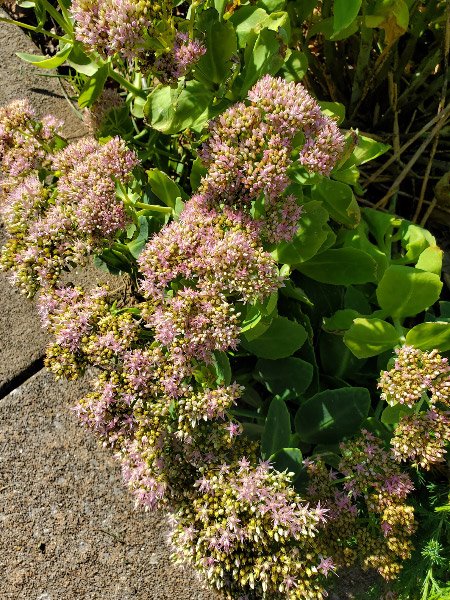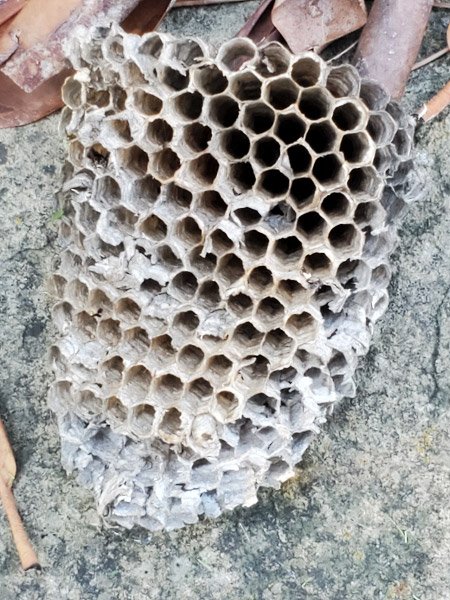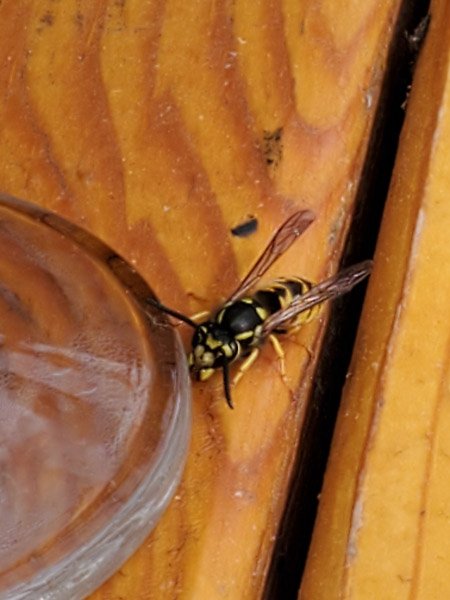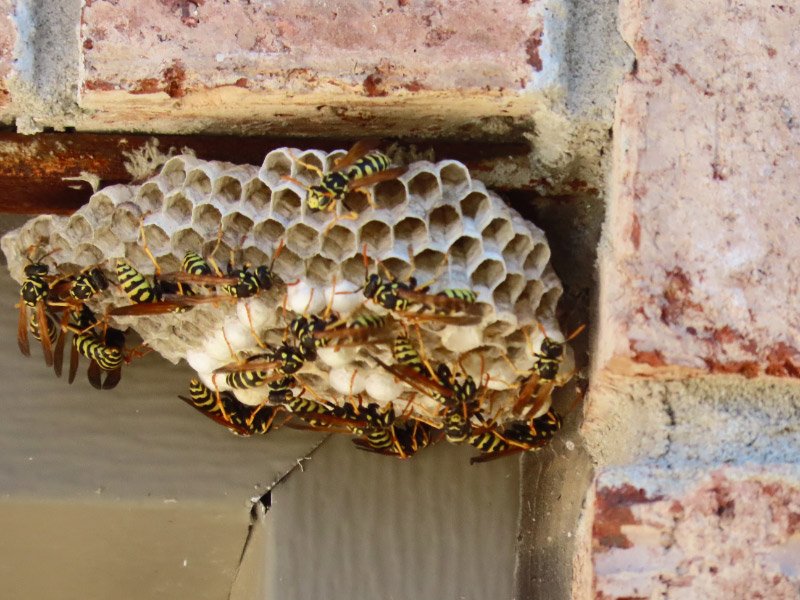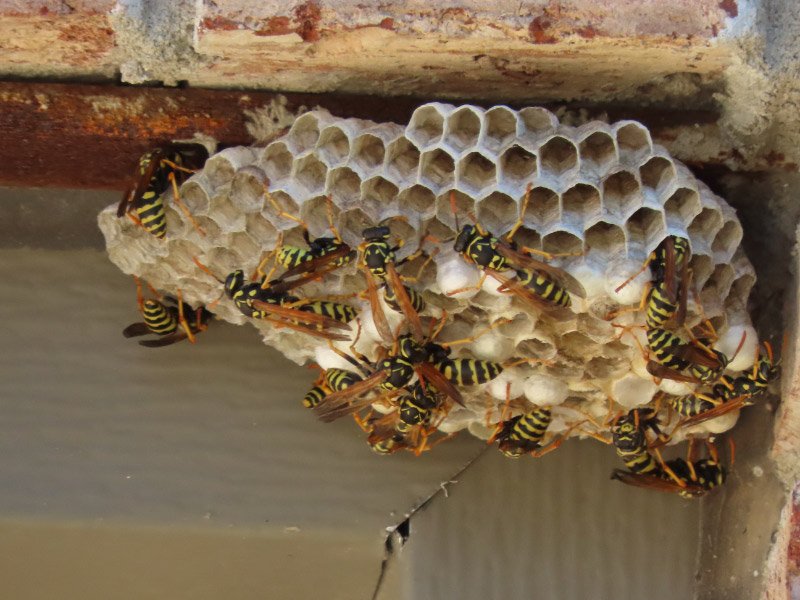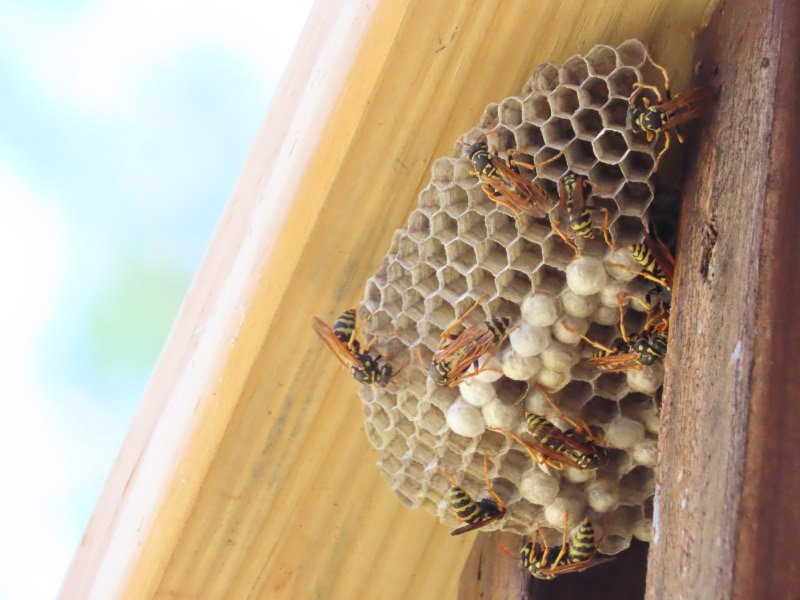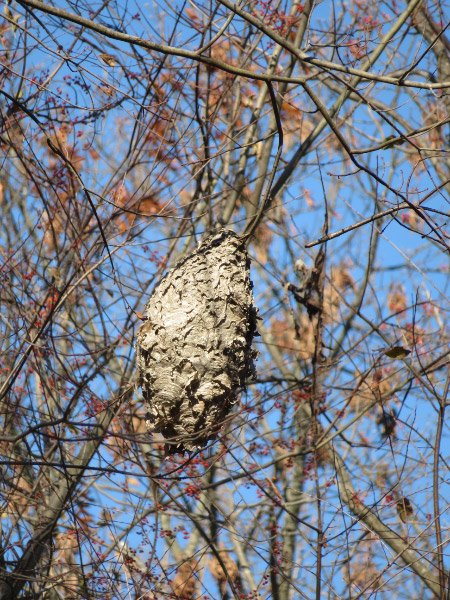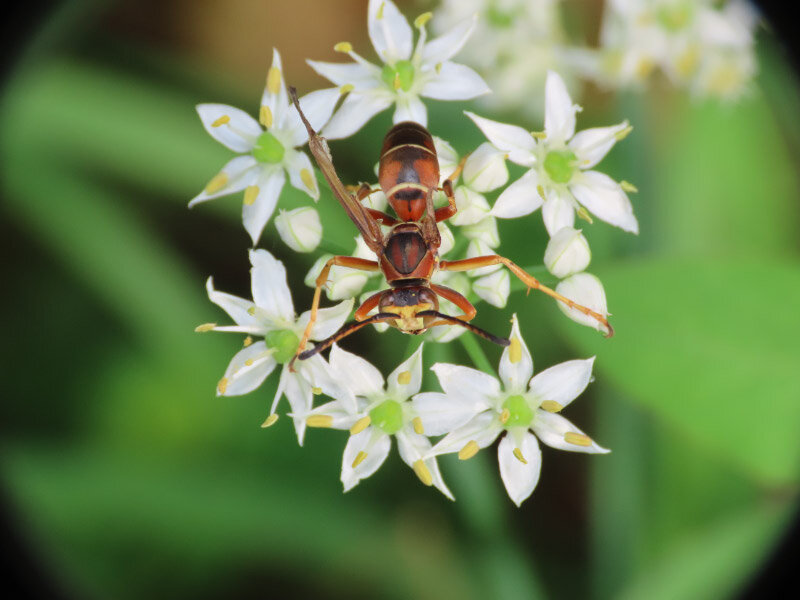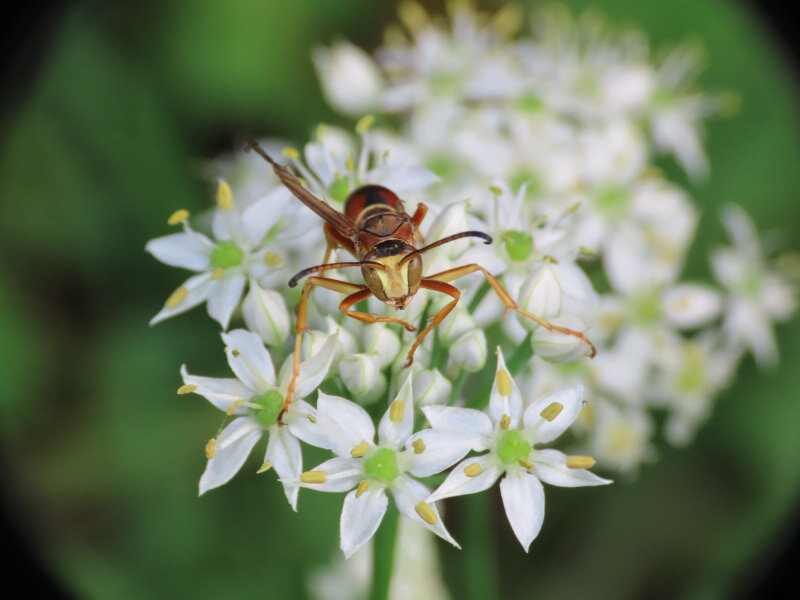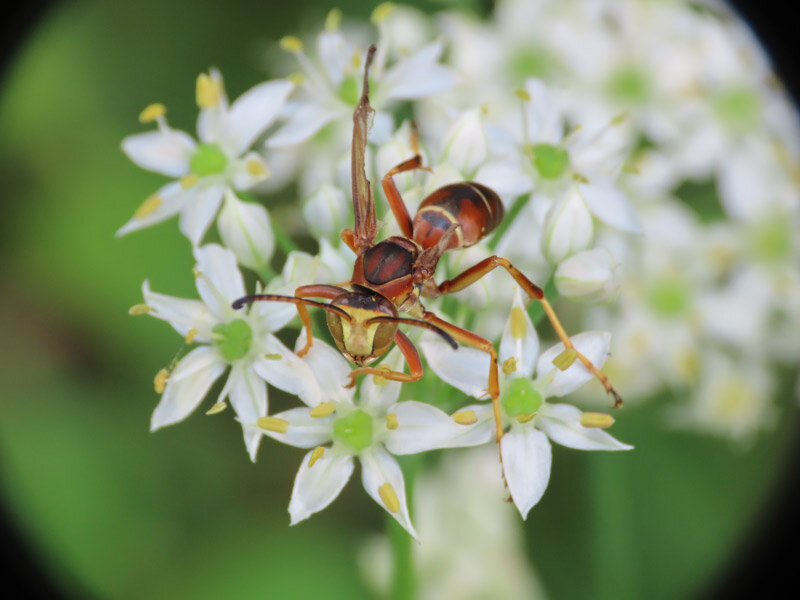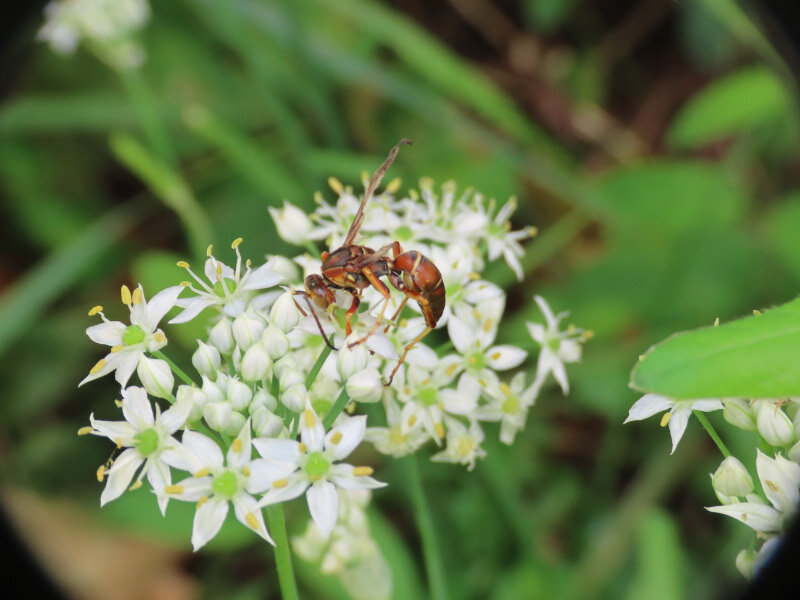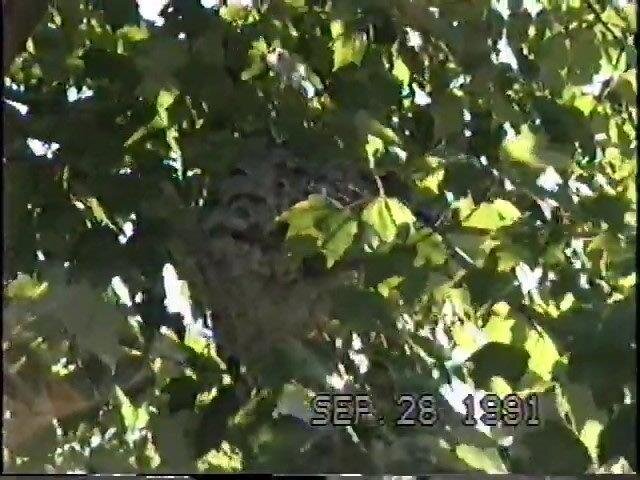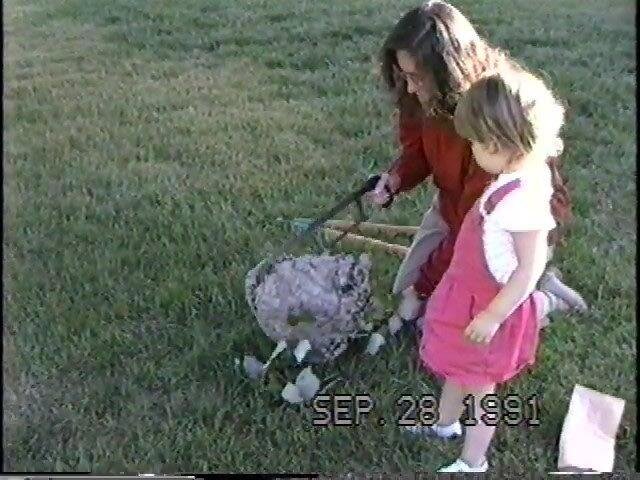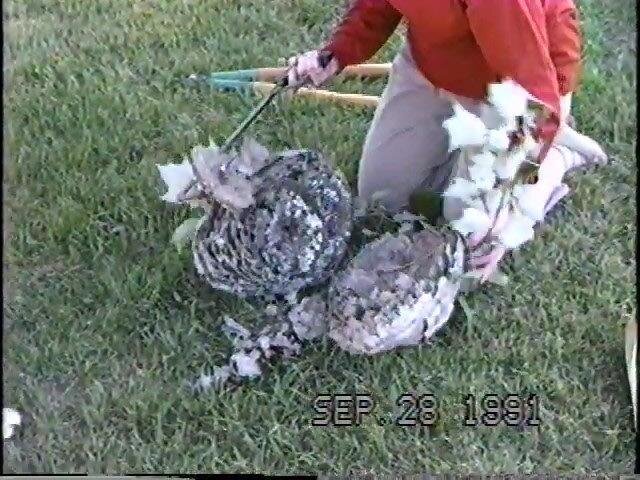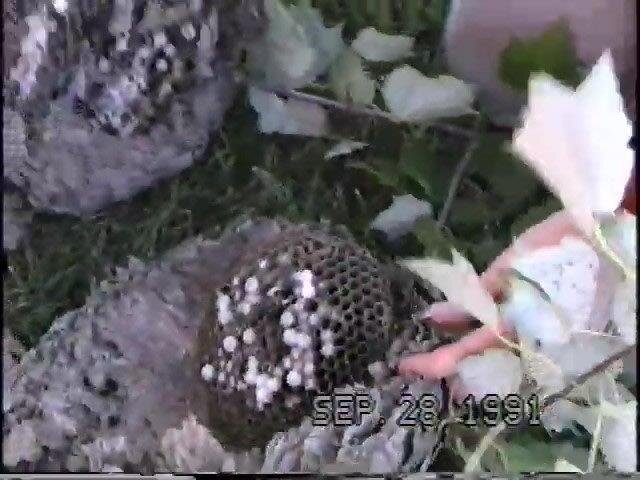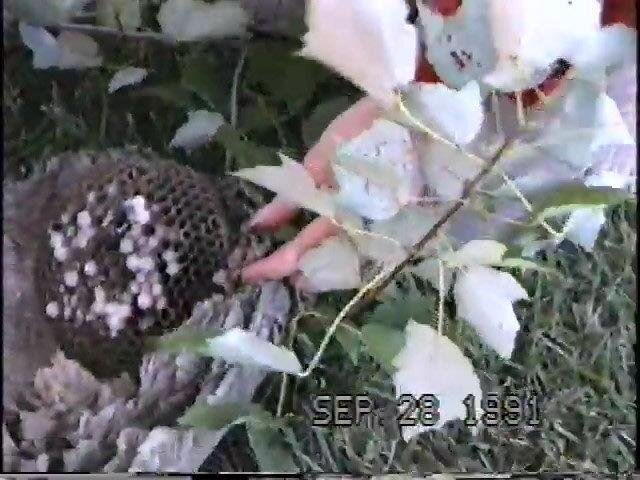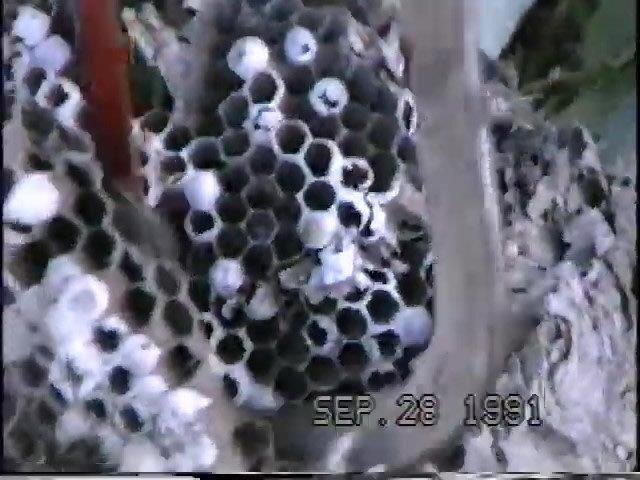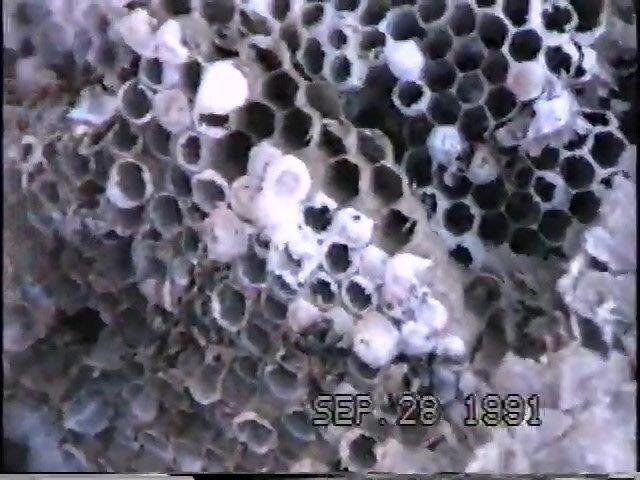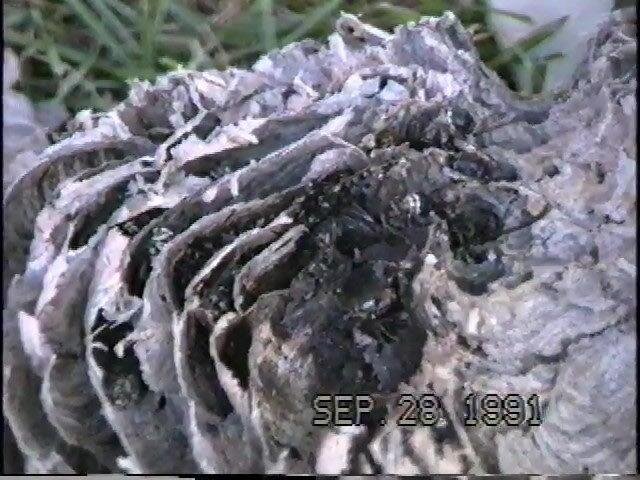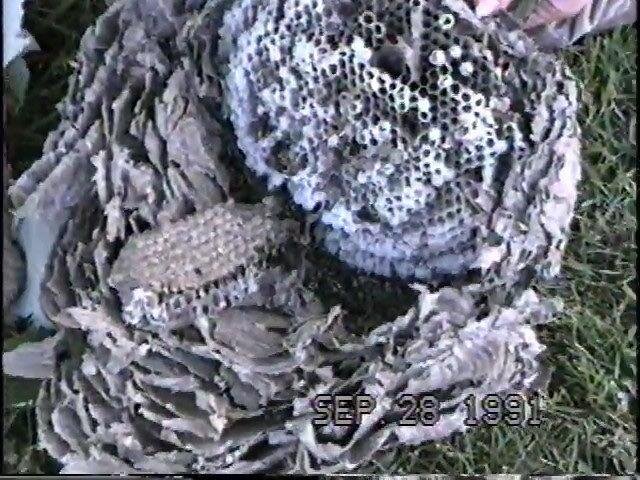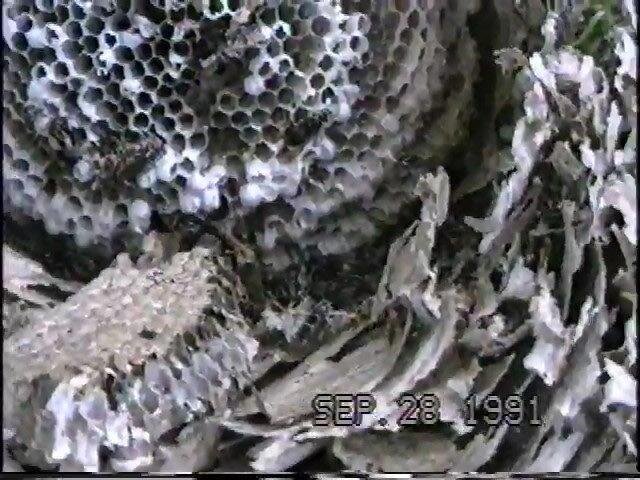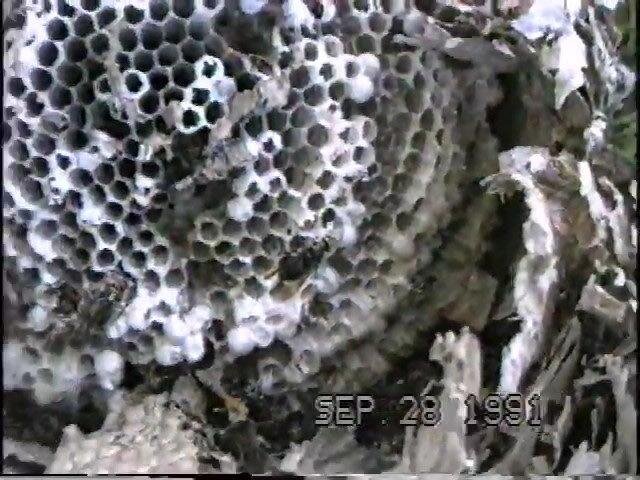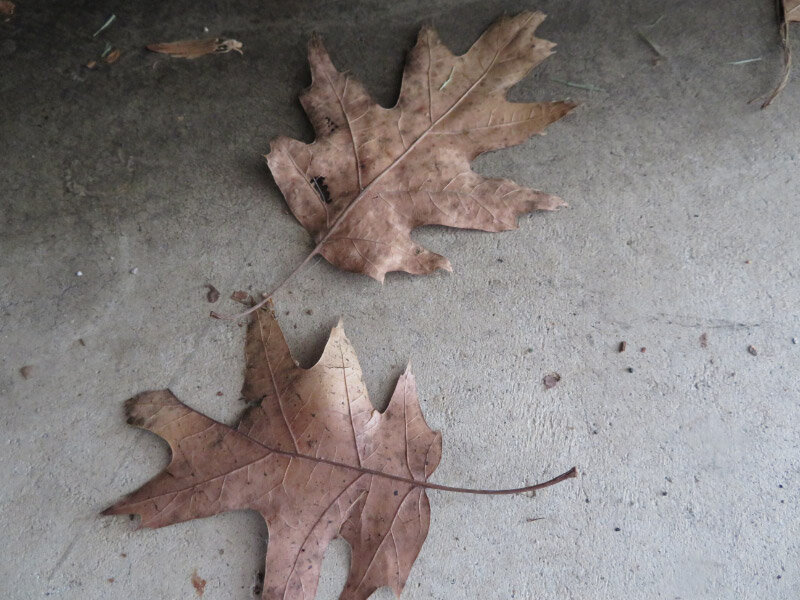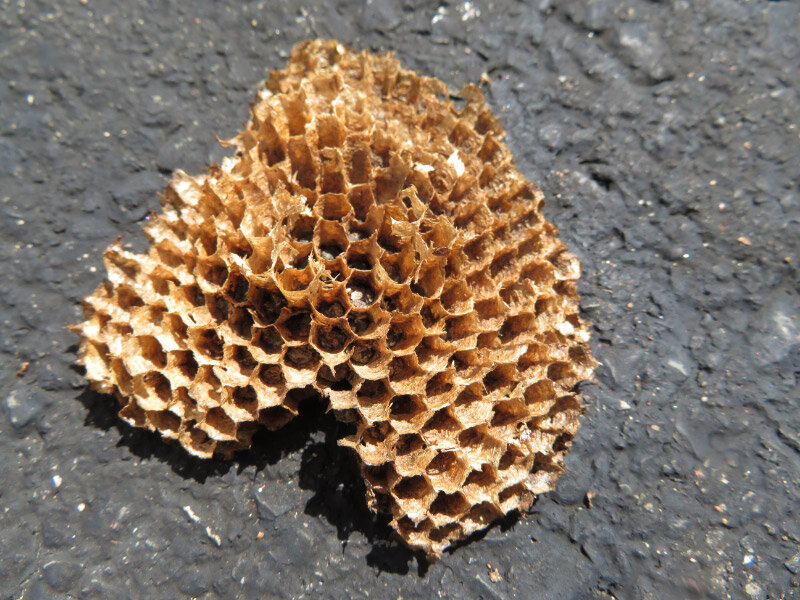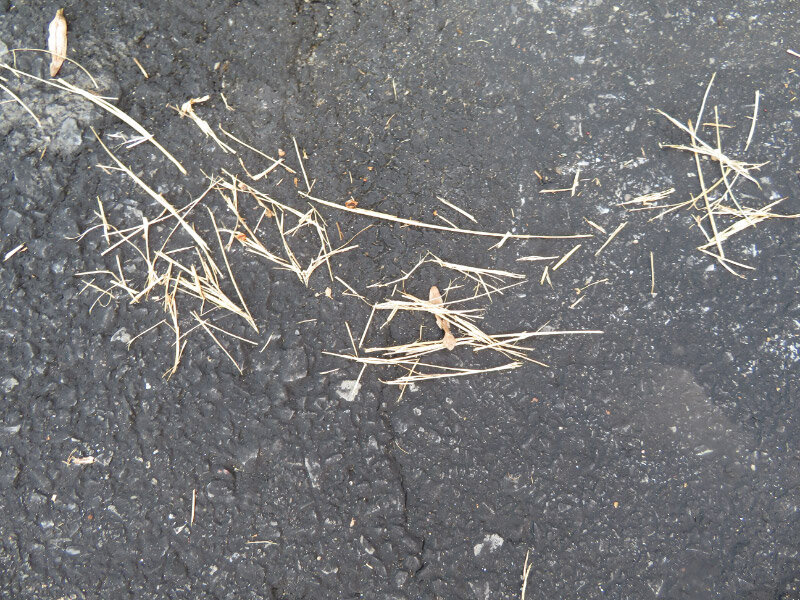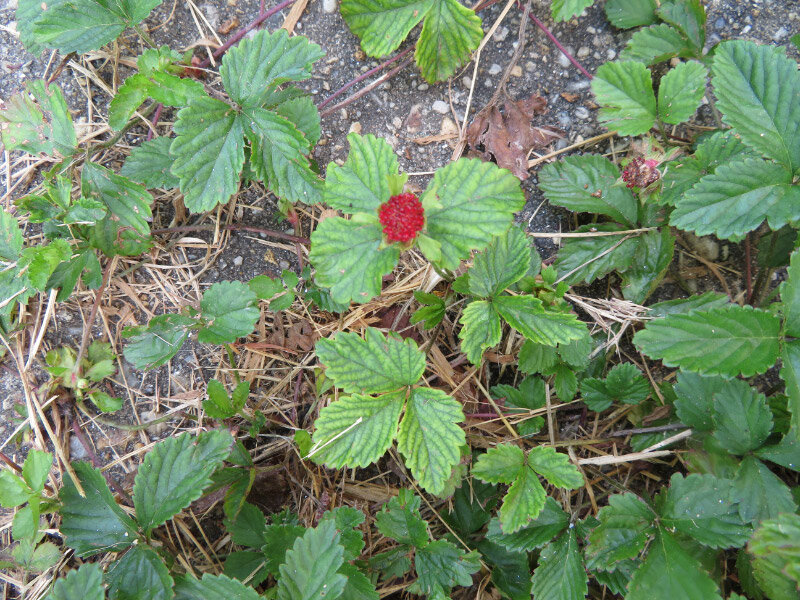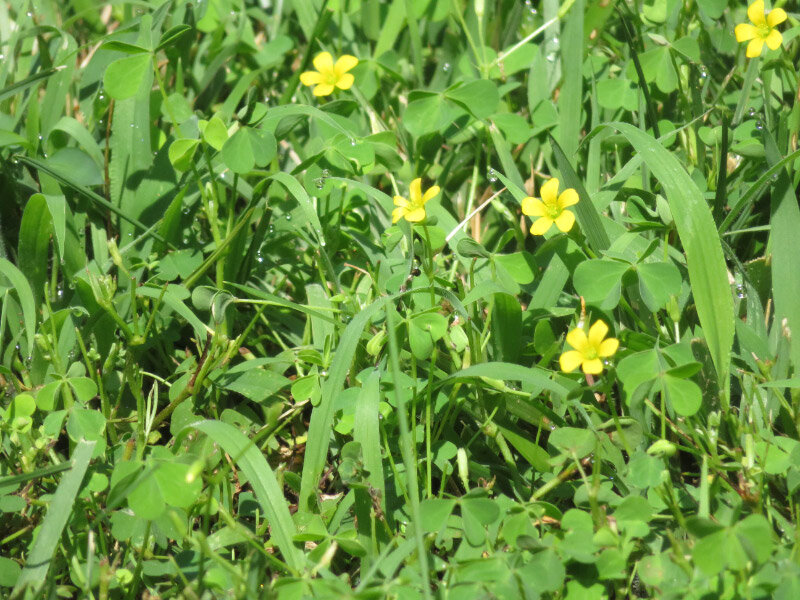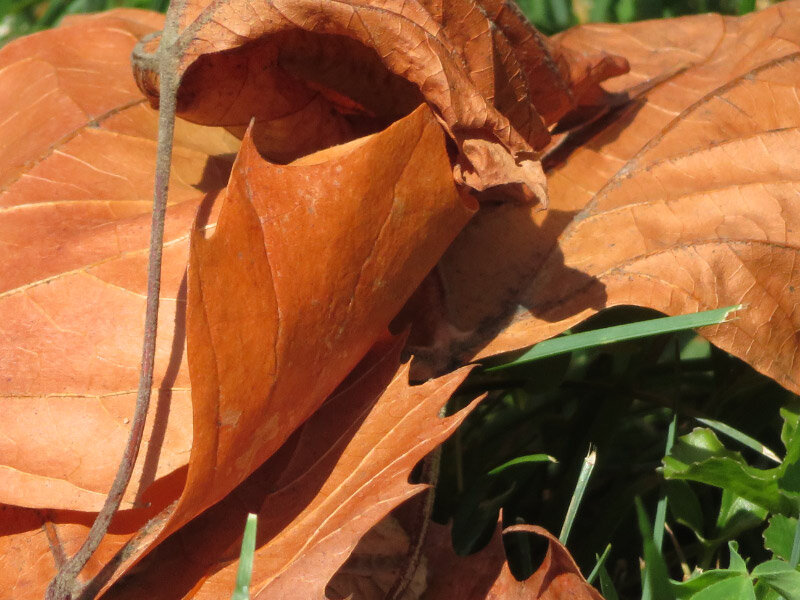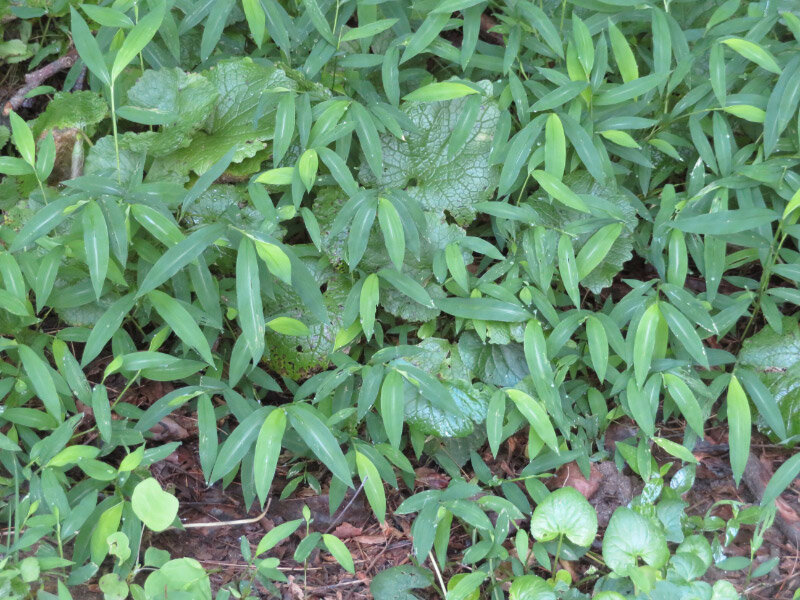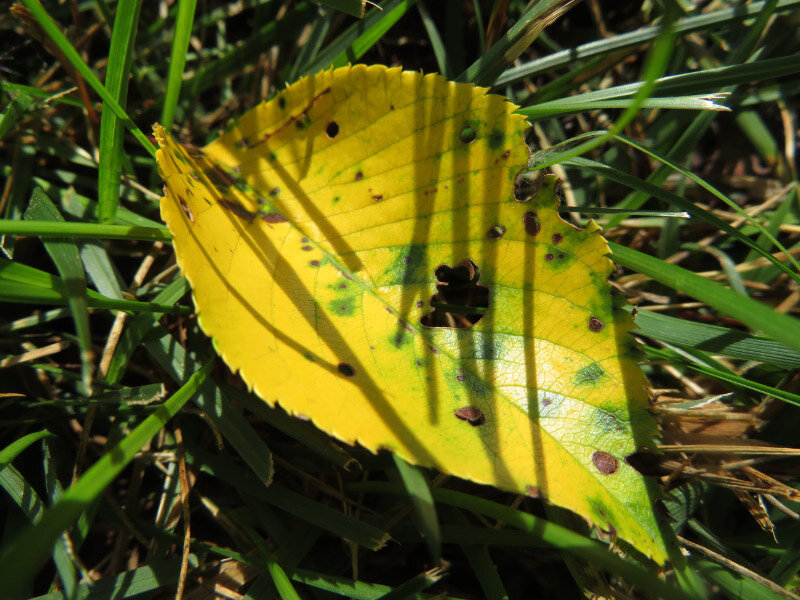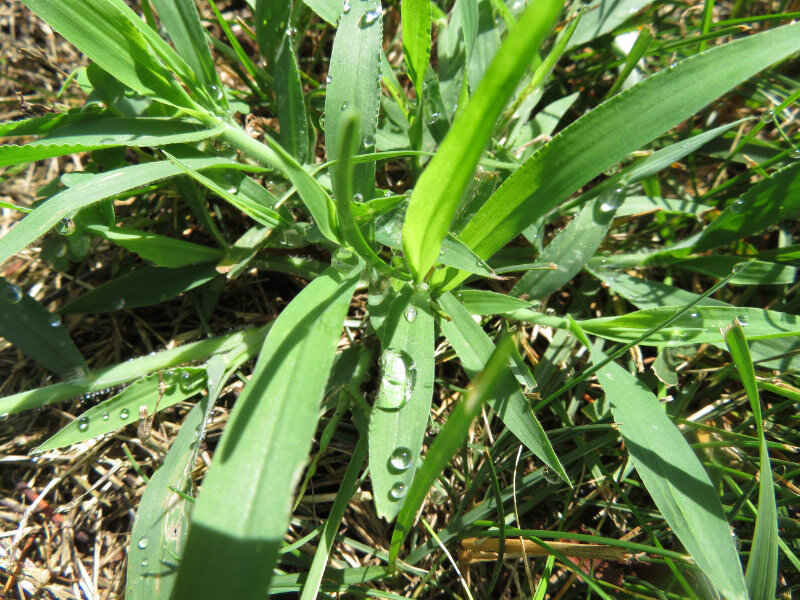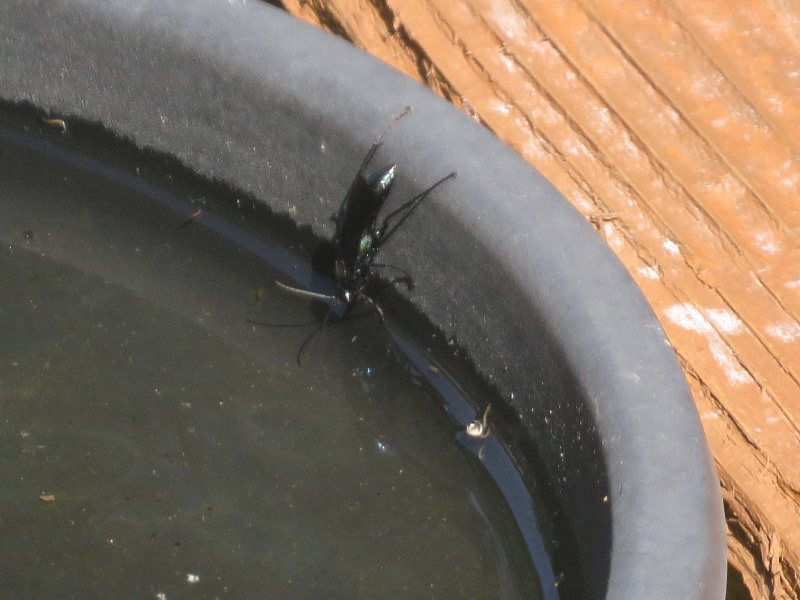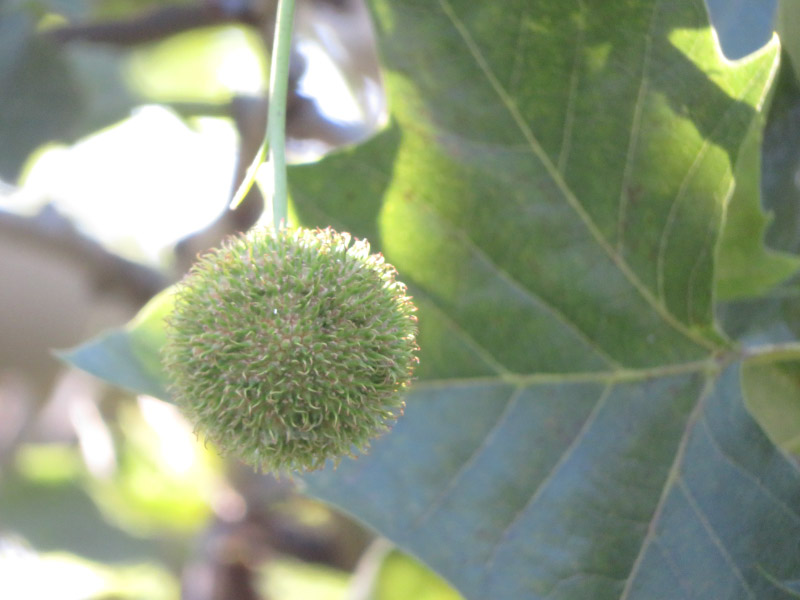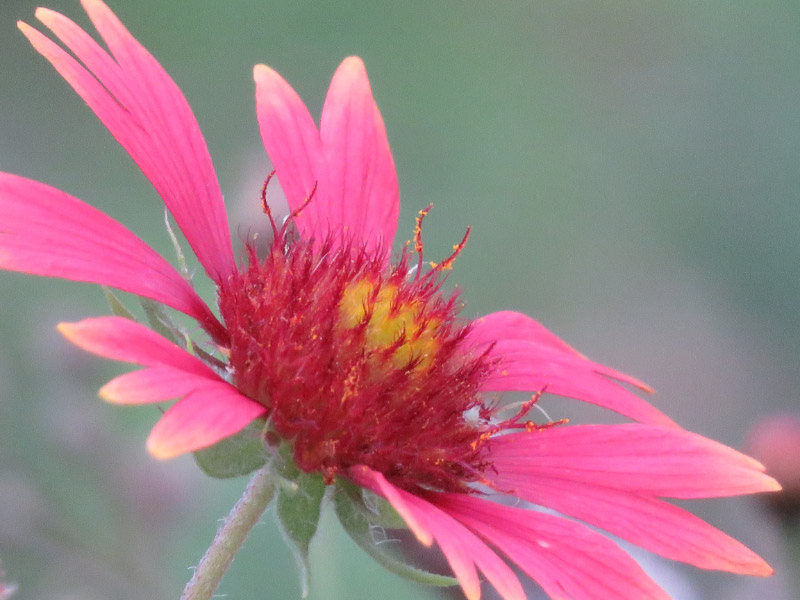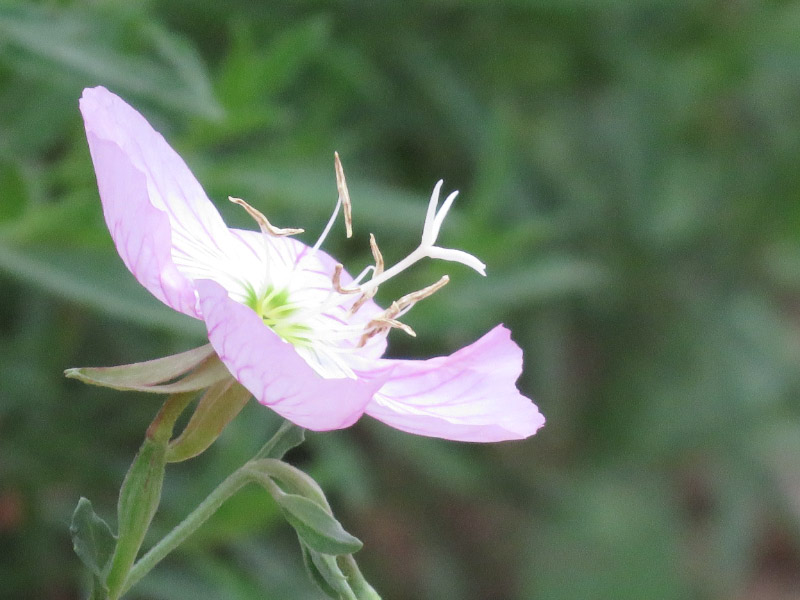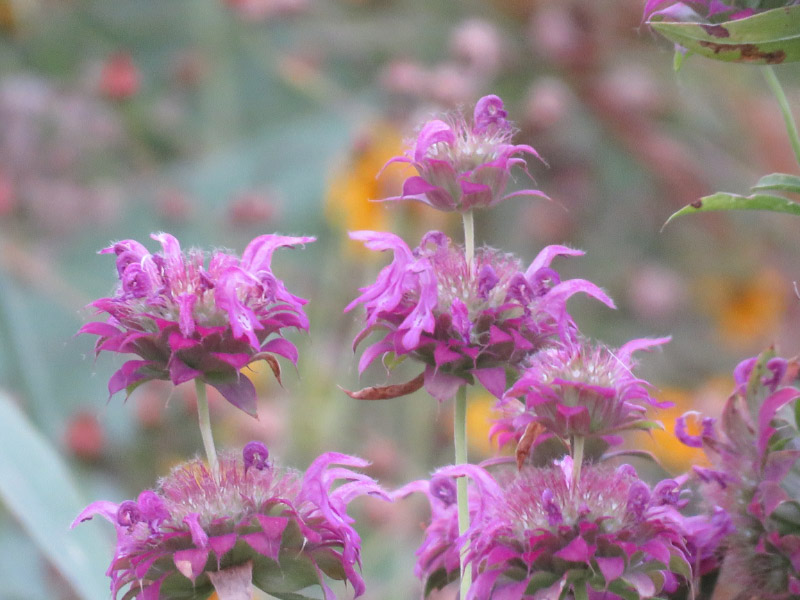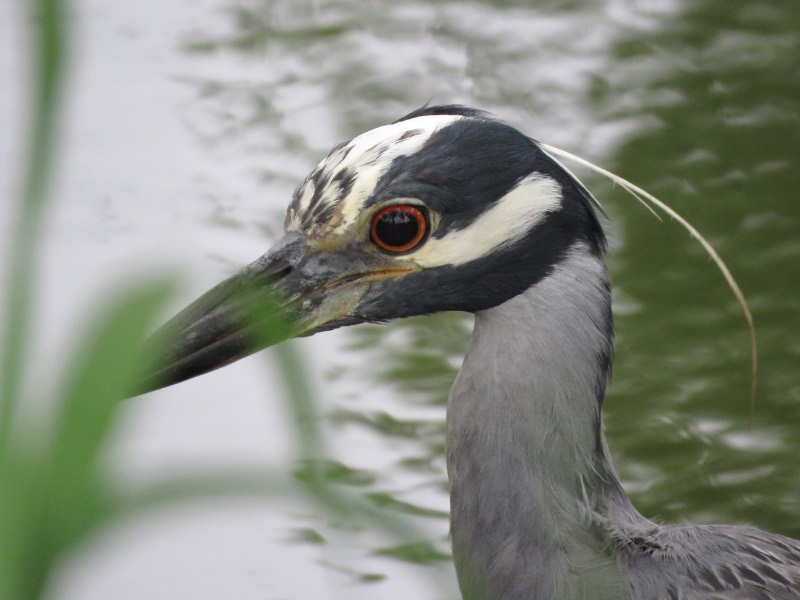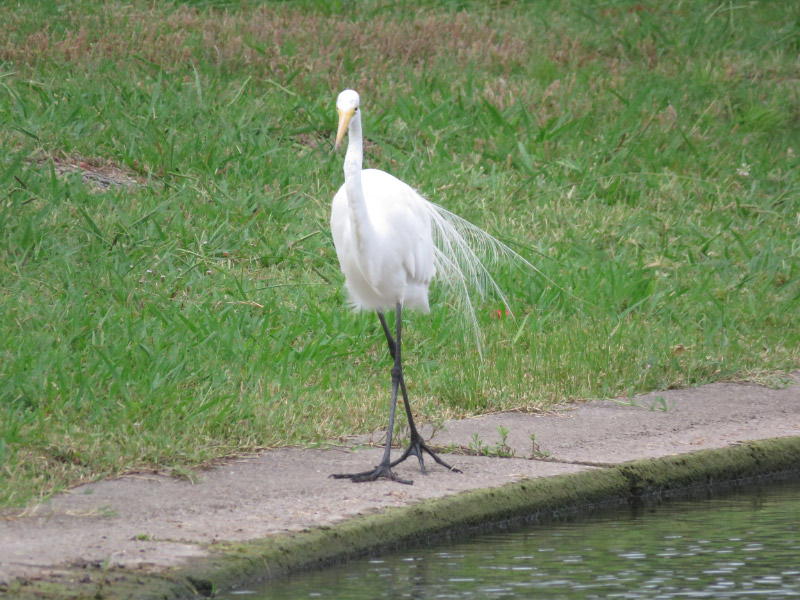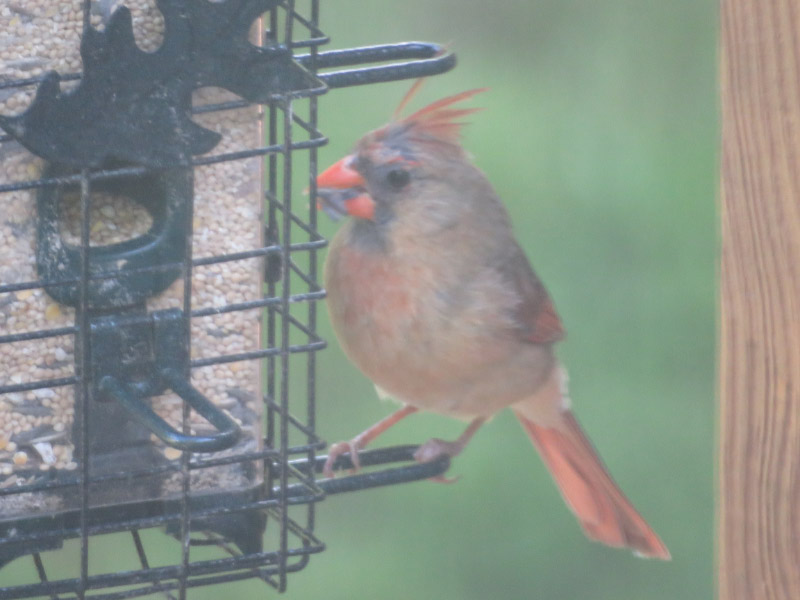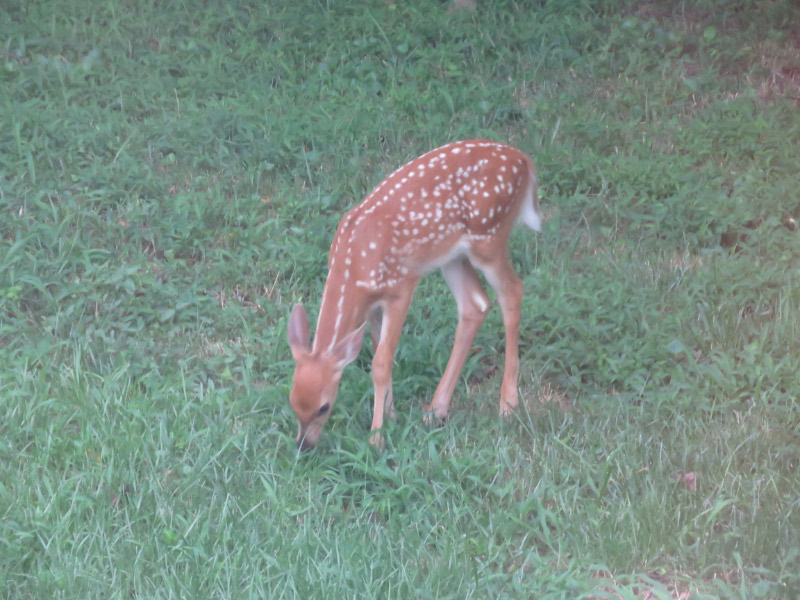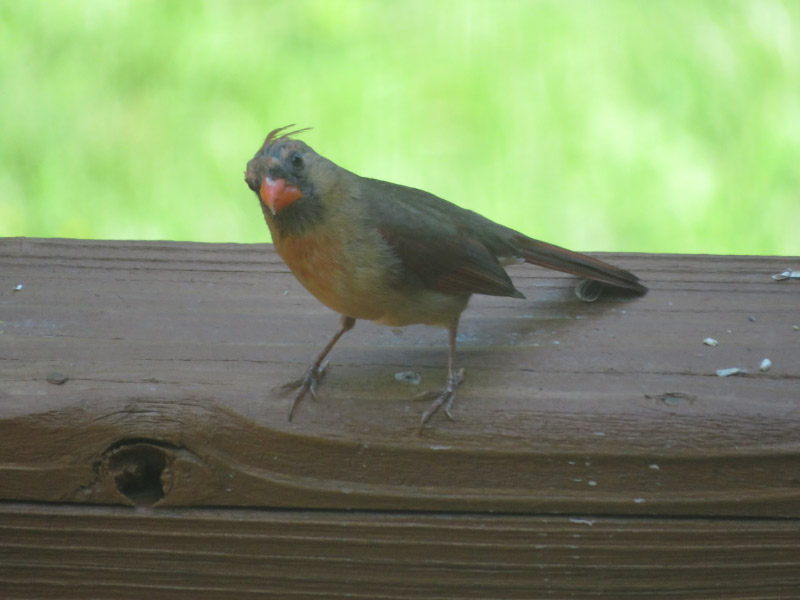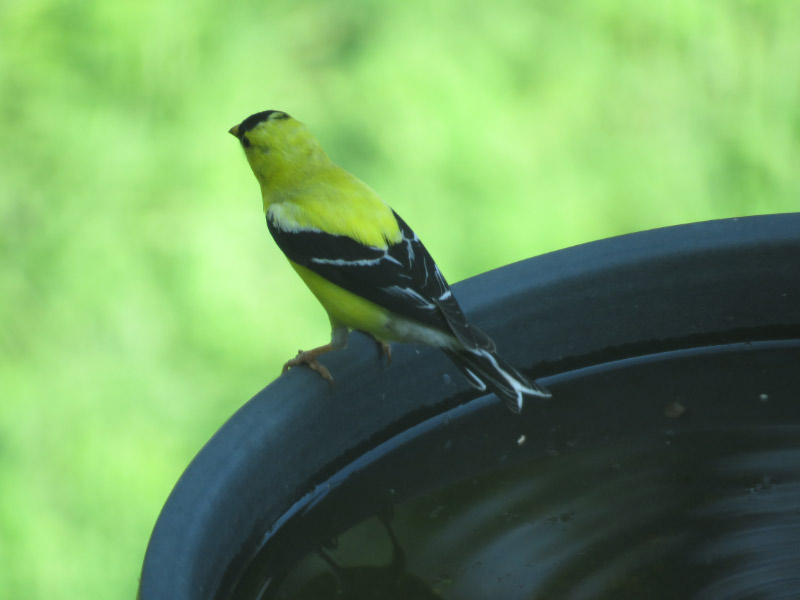Missouri Master Naturalist Training – Week 2
/During last week’s class, we headed out to Kickapoo Edge Prairie which is a small area of the Springfield Botanical Gardens that is being managed as a reconstructed prairie.
Along the way we stopped at the rain garden and I got the last good light to photograph some seed pods there.
A paved walk runs through the prairie making it easy to see many native species of grasses and prairie flowers. This time of year, the goldenrods are blooming, and the milkweed pods are fat – not popped open yet. The prairie is surrounded by trees of the garden so keeping woody growth out is challenging; they clip and drip (herbicide on the cut stem) plus do burns periodically. One woody plant they are letting stay so far is Smooth Sumac. They have two sizes of ragweed – a regular sized plant and some giant plants; I was surprised that I did not have any allergy problems after the walk. On a more positive note: there is a passionflower native to Missouri (Passiflora incarnata) and there was a plant blooming in this prairie!
The class included a discussion of native plants…focusing on plants that do well in yards around our homes.
Our field trip to La Petite Gemme Prairie was last weekend. It is about 40 miles north of the Springfield Botanical Gardens. I took a few pictures at the gardens where we met before heading to the prairies for carpool organization since parking is limited at the prairie location: a playground silver maple and a nearby yellow poplar…both displaying some fall color. There were also leaves on the ground with interesting nodules (insects?). It was a great day for a field trip – in the 70s, a little breezy, cloudy but getting sunny later.
At the prairie before we started our session I noticed a path mowed through it and took a few pictures before the program started.
We were divided into groups. My first session was about the nature photography. We walked through the tall grass and up a hill (i.e. not the mowed path). I was glad I had my jeans tucked into my socks and some gaiters over that. It was my first experience walking through a prairie!
My favorite flowers of the day were the Prairie Gentians (Gentiana puberulenta)
But several different kinds of goldenrods and blazing stars were great to photograph too.
Our second session was to id as many plants as we could encircled by a hula-hoop. Most of us used the SEEK app although we quickly learned that it is hard to get good focus on the plant to id with all the other plants crowded close together…and the breeze moving everything.
Of course, there are small creatures about too…I managed to photography a grasshopper and a yellow spider.
The third session was an intro to nature journalling. We spred out along the mowed path. I thought about the layering of the prairie…the shortest to tallest plants; the plants are very dense closer to the ground; usually the grasses are the highest although some sunflowers get tall. I noticed a barbed wire fence (probably the boundary of the prairie) and how tall the plants were on the other side…including some woody plants; it takes work to maintain the prairie as it is.
On the way to our fourth session, I photographed a wasp (Great golden digger wasp, Sphex ichneumoneous?) on a goldenrod.
The fourth session was about seed dispersal. The ones that stuck to my clothes mainly during the hike in the first session were champion hitchhikers, but I managed to get most of them off before we headed home. So far, I don’t think I was bitten by anything!
A wonderful way to spend a Saturday morning!
































































